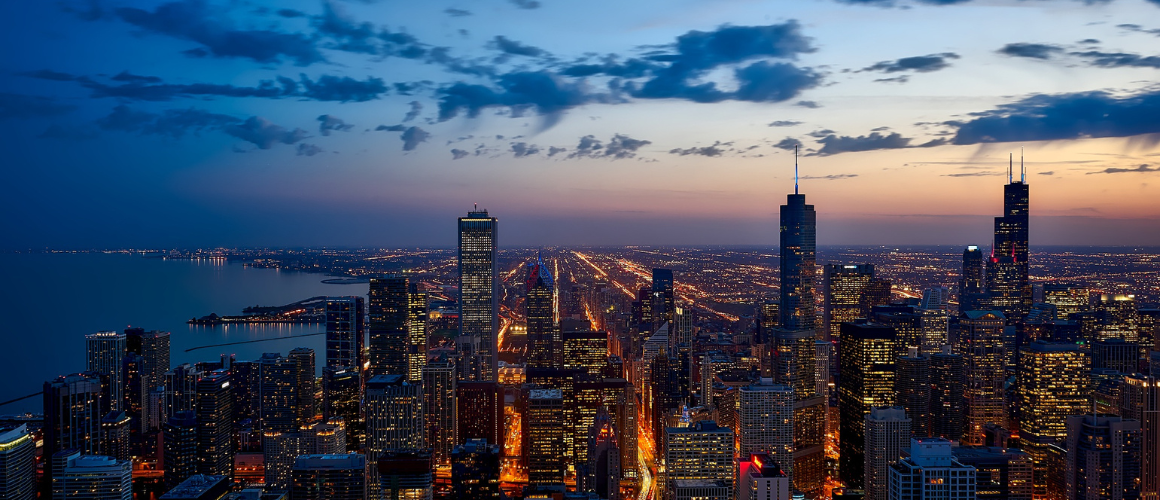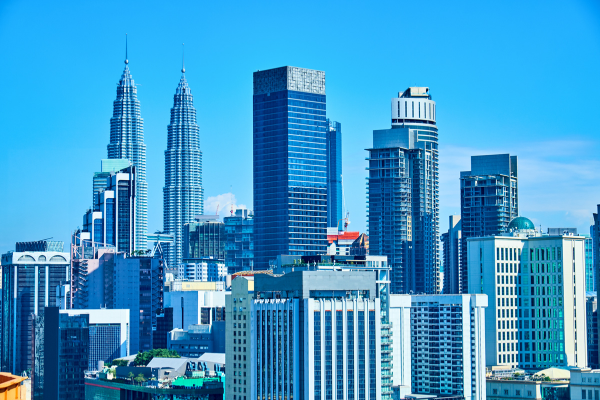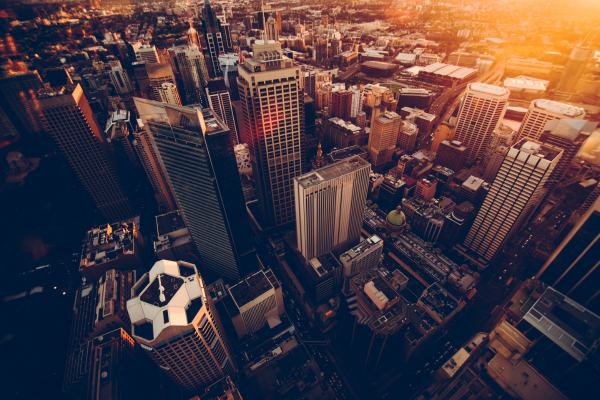
Tall Tales: The Cultural Impact of Iconic Skyscrapers
Skyscrapers are more than just tall buildings; they're symbols of human achievement and ambition. Imagine looking at a city skyline. What catches your eye? The towering structures that reach for the skies, right? These giants tell stories of innovation, design, and the dreams of a city. They've transformed not just how cities look but how we live and work in them. From the first skyscrapers that changed Chicago's skyline to the modern titans that define cities like New York and Dubai, these buildings showcase the blend of art and engineering. Let's dive into the world of skyscrapers and see how they've shaped the skylines we admire today.
The story of skyscrapers begins in the late 19th century, in a bustling Chicago. Back then, space was limited, and the only way to fit more people and businesses was to build up. Enter the Home Insurance Building in 1885, considered the world's first skyscraper. It wasn't just tall; it was a marvel of its time, using a steel frame to support its weight, a novel idea that allowed buildings to soar higher than ever before.
This innovation sparked a revolution. Cities across the U.S. began to reach for the skies. New York City joined the race with the iconic Flatiron Building and later, the Empire State Building, symbols of American ingenuity and ambition. These early skyscrapers were more than just buildings; they were statements of progress, showcasing the possibilities of modern architecture and engineering.
As skyscrapers rose, so did their impact. They changed cityscapes, making the skyline a canvas for architects and dreamers. But beyond their impressive heights, they transformed urban living, introducing a new era of office spaces and views from the clouds. The birth of skyscrapers was not just about building tall; it was about dreaming big and reshaping the future of cities around the world.
Skyscrapers aren't just tall buildings; they're masterpieces that blend art, technology, and vision. Take the Empire State Building, for example. When it was completed in 1931, it wasn't just the world's tallest building; it became a symbol of hope during the Great Depression. Its Art Deco style, with geometric patterns and sleek lines, captured the imagination of a nation and became an icon of New York City.
Then there's the Willis Tower in Chicago, once known as the Sears Tower. When it reached for the skies in 1973, it introduced the idea of "bundled tube" construction. This innovation wasn't just about making buildings taller; it was about making them stronger and more efficient, changing how skyscrapers were built.
Across the globe, the Petronas Towers in Kuala Lumpur showed how skyscrapers could reflect cultural identity. Their design, inspired by Islamic art, weaves the fabric of Malaysian culture into the urban landscape, proving that skyscrapers can be deeply personal and universally admired.

These architectural marvels do more than define city skylines; they influence how we think about space and community. Skyscrapers like the Burj Khalifa in Dubai, currently the tallest in the world, push the limits of engineering and design, inspiring us to dream bigger.
But the impact of skyscrapers extends beyond their height. They're hubs of activity, centers of business, and homes to thousands. They shape the culture and rhythm of city life, making urban centers more vibrant and dynamic. In transforming skylines, skyscrapers also transform how we live together, making our cities not just places to work or live, but places to dream and aspire.
Building skyscrapers is like reaching for the stars—literally. It's not just about making buildings taller; it's about pushing the limits of what's possible. And boy, have we pushed those limits, thanks to some clever tech tricks.
First up, let's talk about steel. This super-strong material changed the game. It lets buildings stretch way up without tumbling down. Imagine stacking a bunch of chairs. If they're flimsy, they'll collapse. But if they're sturdy, you can stack them higher. That's what steel did for skyscrapers.
Then there's concrete, not just any old concrete, but the pumped-up kind. It's like the superhero version that can be squirted up hundreds of feet to make skyscrapers strong and fire-resistant.
Elevators are another game-changer. Imagine walking up 100 floors. No, thank you! Modern elevators are fast, safe, and can even save energy. They make living and working in the clouds a breeze.
All these advances mean we can build skyscrapers that are not just taller but smarter and greener. They use less energy, withstand earthquakes, and even clean the air. Thanks to technology, skyscrapers are not just buildings; they're giants that touch the sky and care for the earth.
Skyscrapers do more than touch the sky; they shape the heartbeat of cities. Think of them as the big players in the game of urban planning. They're not just standing tall; they're making cities more livable. How? By mixing things up. Offices, homes, shops, and parks, all stacked up. This mix makes city life vibrant, keeping everything you need close by.
But there's more. Skyscrapers help cities grow without spreading out too much. Instead of eating up more land, we build up, making room for more parks and open spaces. It's like a magic trick—making space where there was none.
And let's not forget the skyline. Skyscrapers give a city its identity, turning a bunch of buildings into a postcard-worthy view. They tell a story of ambition, innovation, and community. In the grand scheme of things, skyscrapers are not just buildings; they're the backbone of modern, bustling, and sustainable cities.
As we build higher, we're also thinking greener. Skyscrapers are no longer just about soaring heights; they're about reaching new levels of sustainability. It's like giving these giants a green thumb. Buildings like the Shanghai Tower twist towards the sky, not just for looks but to cut down on wind pressure and save energy. Its skin is a double layer, trapping air for insulation, just like wearing a windbreaker.
Then there's rainwater harvesting. Imagine a skyscraper catching rain like a giant umbrella , then using it to water plants or flush toilets. And solar panels? They're turning skyscrapers into power stations, soaking up the sun to light up homes and offices.

But the future? It's even brighter. Picture skyscrapers with gardens on every floor, cleaning the air and giving us a bit of nature in the sky. Or buildings that produce more energy than they use, feeding power back into the city.
This shift towards sustainability is changing the game. It's not just about building up; it's about building smart. Skyscrapers are becoming symbols of how we can live large without leaving a large footprint, showing the world that the future of our cities is not just taller, but cleaner and kinder to the planet.
Skyscrapers aren't just buildings; they're stars in movies, books, and songs. They stand as proud symbols of what we can achieve. Take the Empire State Building—it's not just an office tower; it's where King Kong clung, a beacon for dreamers and lovers alike. These buildings capture our imagination, towering over cities not just in size, but in stories.
They also reflect our ambitions and dreams. Each skyscraper, with its unique design, tells a tale of the place it stands in, like the Burj Khalifa in Dubai, showcasing the city's futuristic vision. Skyscrapers are like the fingerprints of a city, unique and telling.
In pop culture, they're the backdrop to countless tales of heroism, romance, and adventure. They symbolize the highs and lows of city life, making them more than just structures. They're cultural icons, standing tall not just in our cities, but in our hearts and stories too.
Skyscrapers are more than just tall buildings piercing the sky; they are monuments of human ingenuity and symbols of our limitless potential. From their architectural marvels that redefine city skylines to their significant role in urban planning and sustainability, skyscrapers are at the heart of modern urban development. They blend technology, culture, and environmental consciousness, showcasing our ability to innovate and dream big. As we look towards the future, skyscrapers will continue to evolve, not just in height but in how they contribute to making our cities more livable, sustainable, and vibrant. They stand as towering testaments to human ambition and creativity, shaping the future of our urban landscapes.
Ready to reach new heights? Dive deeper into the world of skyscrapers and their impact on our cities and lives. Join us in exploring the marvels of architecture and design that touch the sky. Subscribe, follow, and be part of the conversation shaping the future of our urban landscapes. Let's dream big, together!